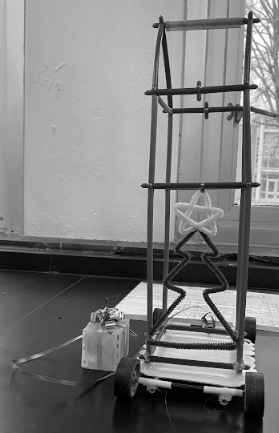Breast cancer now leading type of cancer found in women; Information woman should know about illness
October 21, 2021
According to the National Department of Health (NDH), “Cancer is a disease in which some of the body’s cells grow uncontrollably and spread to other parts of the body. Cancer can start almost anywhere in the human body, which consists of trillions of cells.”
Cancer begins when a person’s DNA abruptly changes and begins to interfere with the orderly process of mitosis. Mitosis is the process of making new body cells.
Once cancer cells start to grow, they begin to grow uncontrollably. These cells form a mass called a tumor. A tumor could either be cancerous or benign.
Tumors are either benign or cancerous. Benign tumors grow slowly and do not spread. Malignant tumors grow rapidly and destroy nearby tissues, and spread throughout the body.
There are more than 100 variations or types of cancer. The forms of cancer are usually named for the tissues or organs where the cancers form, such as how lung cancer starts in the lung, and brain cancer starts in the brain.
According to the health department, “Cancer spreads or metastasizes when cancer cells break away from the original tumor and travel through your bloodstream or lymphatic system to other parts of your body.”
According to doctors, Breast cancer is an illness in which the cells in the breast grow out of control. There are multiple stages and types of breast cancer. The type of breast cancer depends on what cells in the breast turn into cancer. Breast cancer begins in various parts of the breast.
The forms of breast cancer are ductal carcinoma in situ, invasive ductal carcinoma, inflammatory breast cancer, and metastatic breast cancer.
Ductal carcinoma in situ (DCIS) is the abundance of abnormal cells inside the milk duct in the breast. DCIS is the earliest known form of breast cancer. DCIS is noninvasive, meaning it has not spread out of the milk duct and has a low risk of becoming invasive.
Invasive ductal carcinoma (IDC), also known as infiltrating ductal carcinoma starts to grow in a woman’s milk duct and has already invaded the fibrous or fatty tissue of the breast outside of the duct. IDC is the most commonly diagnosed form of breast cancer, representing 80 percent of all breast cancer diagnoses.
Inflammatory breast cancer is a rare form of breast cancer that forms extremely rapidly, making the affected breast swollen, tender and red. Inflammatory breast cancer occurs when cancer cells block the lymphatic vessels in the skin covering the breast, causing the swollen red appearance of the breast.
Metastatic breast cancer is the process when cancer cells have already spread from the breast to other parts of the body. It is known as advanced stage 4 breast cancer. The symptoms depend on which part of the body the cells have invaded.
“Younger women generally do not consider themselves to be at risk for breast cancer. However, breast cancer can strike at any age: 5% of breast cancer cases occur in women under 40 years of age. All women should be aware of their risk factors for breast cancer,” according to a cancer doctor at Johns Hopkins Medical Center. People need to become more aware because so many people are affected by it.
Many students, families, and people around the world are either affected or have people they know suffering from this type of cancer, some of whom attend North Harford High School. In an interview with a student in our junior class, “cancer but more specifically breast cancer has severely impacted me and my family, more specifically my Aunt. The hardest part is not knowing if they are getting better or not, and not always being able to be there to support them. These events taught me that cancer is easier to treat if it is caught earlier, and if something seems off, get it checked out”.










